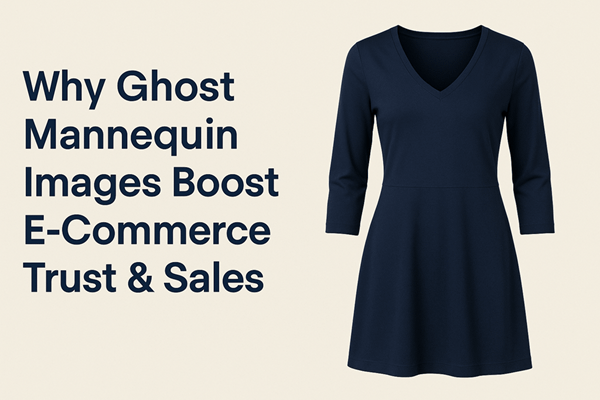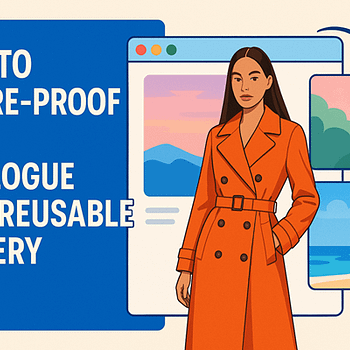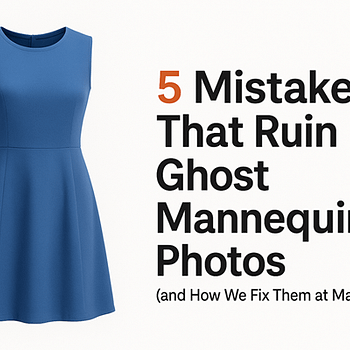Why Online Shoppers Trust Ghost Mannequin Images More Than Live Models
In the competitive world of e-commerce, product presentation can make or break a sale. While live models have long been used in fashion photography, there’s a growing trend that is proving more effective at earning customer trust: the ghost mannequin (also known as the invisible mannequin) technique. This approach strips away distractions and puts the product front and centre, giving online shoppers the clarity they need to make confident purchasing decisions.
What is ghost mannequin photography?
Ghost mannequin photography involves photographing clothing on a mannequin and then digitally removing the mannequin in post-production. The end result is an image where the garment appears to be perfectly shaped, floating as if worn by an invisible body. This technique highlights the structure, fit, and detailing of the clothing without the presence of a live model or mannequin.
Why shoppers prefer invisible mannequin images
- Unbiased presentation: Live models can unintentionally influence perception. Shoppers may focus on the model’s body type, hairstyle, or even facial expressions rather than the garment. With ghost mannequin images, the product is the sole focus. Customers can better visualise how the clothing might look on them, without being swayed by a model’s appearance.
- Clear display of fit and shape: Invisible mannequin photography offers a 3D effect that showcases the natural drape and structure of garments. Unlike flat lay images, it demonstrates depth, helping customers understand sleeve length, neckline shape, and how the fabric falls. This reduces uncertainty and contributes to more informed purchases.
- Consistency across product lines: E-commerce retailers often struggle with maintaining visual consistency when working with live models. Lighting, poses, and styling can vary, leading to a disjointed shopping experience. Ghost mannequin images, however, create a uniform style across product ranges. This professionalism reassures buyers that the retailer is reliable and detail-orientated.
- Eliminates distraction: Models can inadvertently draw attention away from the item being sold. Jewellery, hairstyles, and even facial features can pull focus. The invisible mannequin method ensures that nothing distracts from the product itself, allowing customers to evaluate design, stitching, and overall quality.
- Cost-effective and scalable: Hiring models, stylists, and photographers for every product is expensive and time-consuming. Ghost mannequin photography is a more efficient process, making it easier to scale for businesses with large inventories. This affordability often translates into better pricing for the consumer.
The psychological impact of ghost mannequin imagery
E-commerce is built on trust. When customers cannot physically try on items, they rely heavily on images to make purchasing decisions. The invisible mannequin technique removes the “sales pitch” element associated with models and replaces it with transparency. By showing products exactly as they are, retailers build credibility, and shoppers feel more in control of their decision.
Industries where ghost mannequin photography excels
- Fashion retail: Tops, dresses, jackets, and trousers benefit from the 3D presentation.
- Sportswear and activewear: Customers can see how stretch fabrics contour and hold shape.
- Luxury goods: Premium brands use ghost mannequin imagery to highlight fine tailoring and craftsmanship.
- E-commerce marketplaces: Sellers on platforms like ASOS, Zalando, and Amazon use this technique to create high-end, consistent product listings.
Final thoughts
Online shoppers trust ghost mannequin images more than live models because they provide clarity, consistency, and authenticity. By focusing on the garment itself rather than the person wearing it, invisible mannequin photography allows customers to visualise products more accurately, reducing hesitations and returns.
For e-commerce retailers, adopting this method isn’t just a cost-saving measure; it’s a strategic move that builds trust, enhances brand reputation, and ultimately drives sales.




